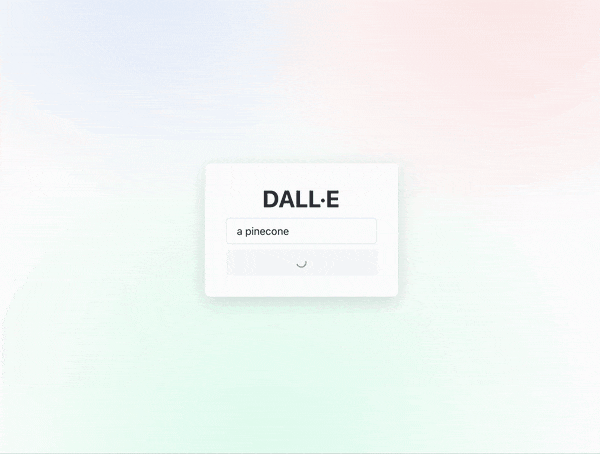What is Reflex? If you are struggling with front-end and back-end separation and cumbersome development, you definitely cannot miss this brand new full-stack framework. Today, I will take you through the extraordinary charm and user-friendly experience of Reflex, from installation to deployment, making the entire process as easy as enjoying afternoon tea.
Why Choose Reflex?Have you ever encountered the problem of different languages for front-end and back-end, having to flip through various documents every time you switch? Reflex breaks all of this! It is a full-stack framework implemented in pure Python, which means you do not need to learn JavaScript, nor do you need to frequently switch between front-end and back-end; the entire application development can be accomplished with just Python.

The Pure Python Development ExperienceReflex greatly simplifies the development process. Whether you are a beginner or a seasoned engineer, you can easily get started. Just run the following command in the terminal:
pip install reflexOnce installed, you can immediately create your first project with just a few simple steps:
mkdir my_app_name
cd my_app_name
reflex init
reflex runIn less than a few minutes, your application will be running on the local server (http://localhost:3000). Every time you save your code, the interface refreshes instantly, providing a convenient and smooth development experience, warming and quickly activating your inspiration like hot coffee.
Easy Deployment, High EfficiencyReflex not only saves time and effort during development but also performs impressively during online deployment. Once built, a single command can quickly deploy your application online. You can also choose to deploy it on your own server, offering great flexibility. Just think, this kind of freedom and efficiency allows developers to focus more on innovation rather than wasting time on environment setup.
Comprehensive Introduction to Reflex FeaturesThe true charm of Reflex lies not only in its simple syntax but also in its powerful functionality. It supports over 60 built-in components, along with top-notch CSS support, making it effortless to design elegant and responsive user interfaces. Moreover, if the built-in components do not meet your needs, customization is incredibly easy.More importantly, Reflex has a modern state management mechanism built-in. It treats the interface as a function of state rather than as separate components, where every state update drives an instant refresh of the interface. This conceptual update makes application development both clear and forward-looking.
Code and Architecture AnalysisLet’s take a closer look at a typical code structure:
- • UI Construction: The front-end layout is defined through the function
<span>index()</span>, using components like<span>rx.center</span>and<span>rx.vstack</span>to form the overall structure. The page is centered upon loading, providing an excellent user experience. - • State Management: The application state is defined in the
<span>State</span>class, controlling interface updates through properties and event handling functions. When the user clicks the “Generate Image” button, the state change is immediately reflected in the UI, making the user experience real and natural. - • Event Response: The event handling function
<span>get_image</span>uses the<span>yield</span>keyword to continuously update the state during execution, allowing the UI to remain responsive during long logical tasks (such as image generation), reducing the frustration of waiting. - • Modular Deployment: The overall modular design of the application greatly enhances development efficiency, making unit testing easier and facilitating future feature expansion and maintenance. A simple command line instruction can deploy all code to the online environment, achieving deployment in seconds.
The Revolutionary Experience Reflex Brings to DevelopersIn this fast-paced internet era, time is money. Reflex is tailored to solve the need for developers to iterate quickly and respond to market changes. It not only allows every developer to experience the joy of efficient programming but also organically integrates back-end and front-end through a pure Python one-stop development experience, achieving a disruption in development models.
ConclusionReflex, with its new model of full-stack development in pure Python, completely overturns the barriers of traditional web application development. Whether you are a beginner or a seasoned engineer, you can easily create powerful and visually stunning applications on this platform. Breaking free from the cumbersome front-end and back-end switching makes coding feel more like a pleasant conversation; from efficient building to deployment in seconds, every step signifies the infinite possibilities of future development methods.
Project Address: https://github.com/reflex-dev/reflex